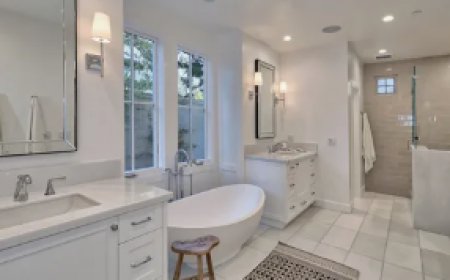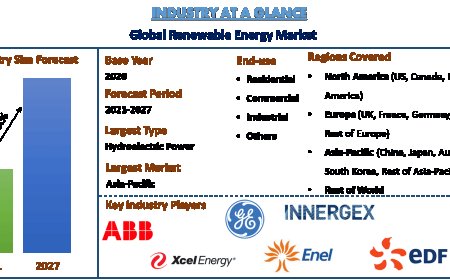Artificial Grass Lawn Installation for Pet-Friendly Backyards
This is where artificial grass lawn installation proves to be a game-changer. It offers the look of natural grass, with increased quality and durability, as well as pet-friendly advantages. Many pet owners are considering this alternative for a long-term and practical alternative for their outdoor space.
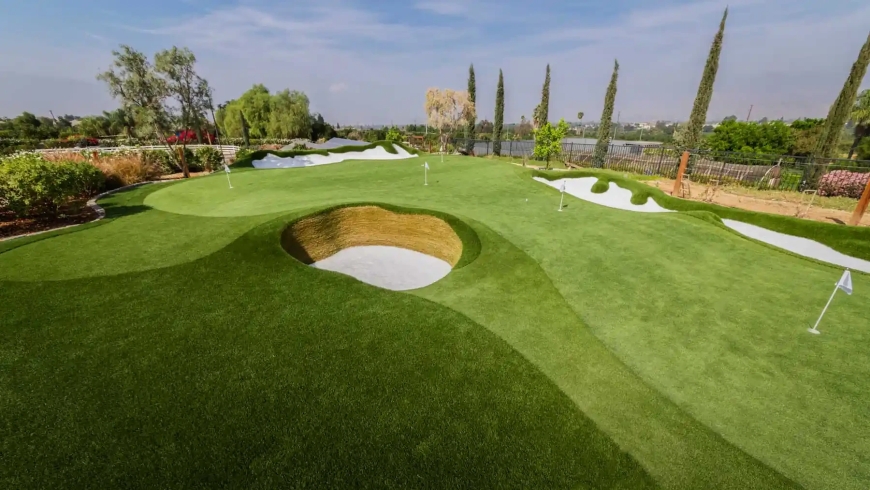
Making a yard attractive and practical is an important goal for most homeowners, particularly pet owners.Dogs and pets, in particular could quickly change an ordinary lawn to become a messy, unruly messy mess.The maintenance of a green, lush lawn while also ensuring that it is pet-friendly and secure isn't easy.This is where artificial grass lawn installation proves to be a game-changer.It offers the look of natural grass, with increased quality and durability, as well as pet-friendly advantages.Many pet owners are considering this alternative for a long-term and practical alternative for their outdoor space.
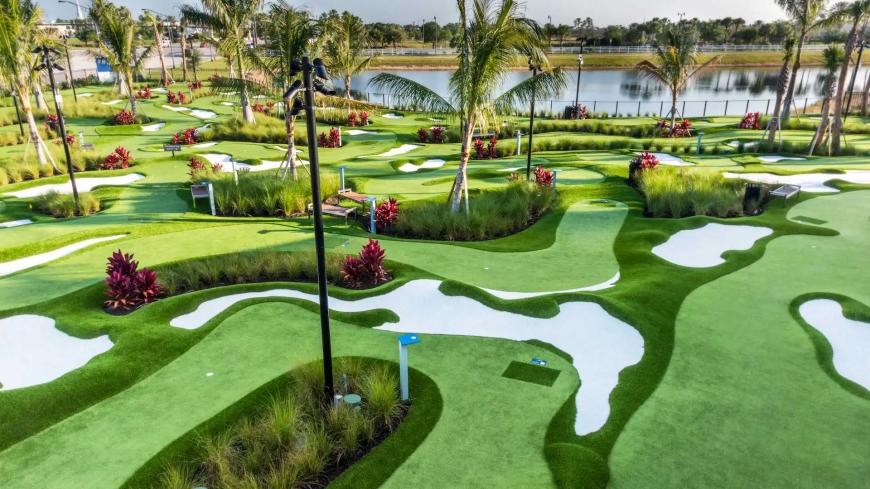
Understanding the Basics of Artificial Grass for Pets
Artificial grass is created of synthetic fibers that are designed to mimic the appearance and feel of real grass.If you live in a pet-friendly environment it is usually constructed with drainage systems to permit liquids to flow smoothly, eliminating the formation of puddles, and also reducing the smell.They are also safe and strong enough to stand up to any wear and tear caused by pets' activities.Artificial grass lawns in these circumstances involves the preparation of the soil, placing the foundation with a permeable layer, and making sure the turf is secured for long-term results.Animals are able to run or dig through the ground without harming it while owners can enjoy an always green and low-maintenance backyard.
Why Homeowners Are Turning to Artificial Grass for Pet Areas
There are many reasons artificial grass lawns are increasing in popularity with pet owners.It is the first reason. It eliminates the issue of muddy feet getting tracked into the house after rain or the need to water.Since artificial grass doesn't need soil, it isn't at risk that holes or erosion are created through digging.In addition, it's a great solution for allergic reactions.There are pets that suffer from grass-pollen allergy, and artificial turf decreases the exposure of these animals to.Additionally, the use of synthetic grass can reduce the usage of pesticides, herbicides as well as fertilizers, providing an environment that is safer for pets that often lie down or lie on the surface.It also adds a level of security for responsible pet parents who wish to increase the standard of living for their pet companions.
How Artificial Grass Enhances Pet Safety and Comfort
The safety of your pet is paramount in the design of any area to accommodate pets.The artificial grass that is used for backyards with pets is constructed by using high-quality materials. standard of safety.The surface is level and padded, which reduces the chance of injury due to falls or rough playing.Certain types of artificial turf have antimicrobial properties to control the bacteria that come from dog garbage.In the summer, specially-designed Infill material and light-colored grass alternatives help keep the turf cooler than conventional artificial grass.The comfort is enhanced due to its ability to dry quickly and drys quickly and does not turn into a mess, which makes it perfect to use on a daily basis.
Installation Considerations for Pet-Friendly Yards
Artificial grass lawns in backyards that are pet friendly needs a special approach when compared to regular lawn replacements.This involves removing lawn's existing soil and then raising the ground.The sub-base is compacted and made from crushed granite or decomposed granite, is placed in place to guarantee the proper drainage.It is essential to maintain the cleanliness of your home and also to control odors especially those areas where pets can take a bath.This turf then gets laid out, cut according to the size of the spot, and then anchored by using adhesive or nails.The turf that is designed for pets may also include procedures like the installation of deodorizing fillers and the strengthening in areas with high traffic.Careful attention to detail when installing is crucial to the performance of your lawn in an environment that is pet-friendly.
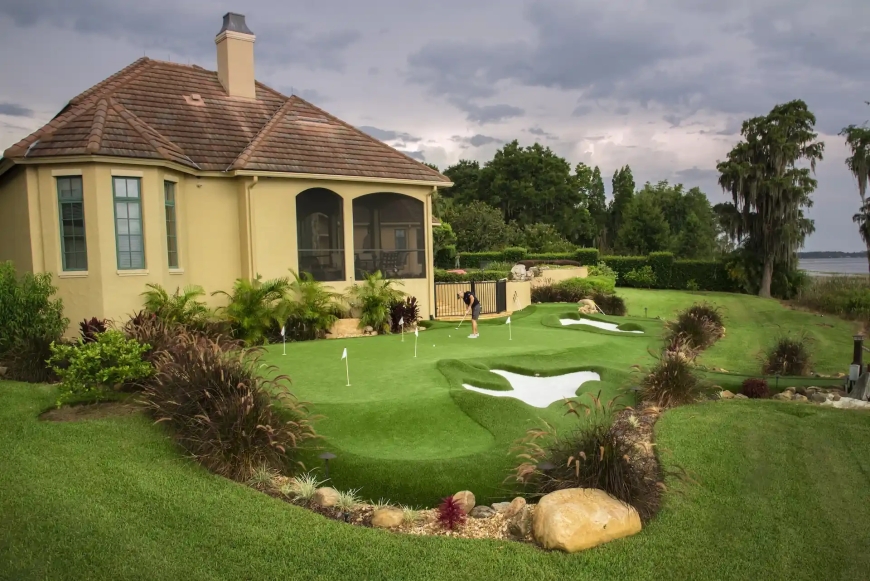
Maintaining a Pet-Friendly Artificial Lawn
One of the biggest advantages that artificial turf has is the easy maintenance.It is recommended to regularly clean up the debris, washing the lawn in water as well as occasionally applying a mild detergent or turf cleaning to get rid of the smells.As opposed to grass that is natural, turf is not required to mow and watering or fertilizing.It not only conserves the time and energy, but it additionally reduces the exposure to chemical which can harm animals.The pet hair, as well as other waste can be cleaned up using the help of a leaf blower or soft-bristle brush.If you live in a household with several pets or a lot of activity, more intensive methods of cleaning can be scheduled regularly to ensure freshness.With time, this low maintenance will ensure that the lawn is healthy, safe and attractive to the eye.
The Environmental and Economic Impact of Installation
Artificial grass lawns have significant impact on the environment and financial stability of households.The traditional lawns demand a lot of use of water, specifically in climates that are dry.With the switch towards synthetic grass, home owners can cut down on their consumption of water drastically and this is not just beneficial to the environment, but aids in reducing utility bills.Also, there is a decrease in emissions and fuel consumption that are associated with lawn equipment such as trimmers and mowers.In addition artificial lawns don't need to be repurchased for fertilisers or pesticides.The sustainable approach is in line with the goals of those in charge of small areas and even those who are investing in small-scale farm insurance.While it's not directly a agricultural practice it is a good idea to have a pet-friendly and easy-care lawn will create a healthier habitat for the animals living that live on the property.
The Connection Between Backyard Design and Small-Scale Agriculture
If you own small-scale farms or have homesteads artificial grass lawns could be a useful part of the overall landscaping strategy.Even though artificial turf isn't appropriate for the cultivation of food crops but it provides a neat and durable floor for places in which animals are free to roam and rest.This helps reduce wear on the areas of pasture and creates an area of buffer around gardens or livestock pens.A lot of small-scale farms insurance policies take into account the situation of the property when setting risks.Cleaning up, organizing and safe zones like artificial lawns aid in this direction.Also, it demonstrates the thoughtfulness of the use of land, which blends utilitarianity, aesthetics, and the responsibility.
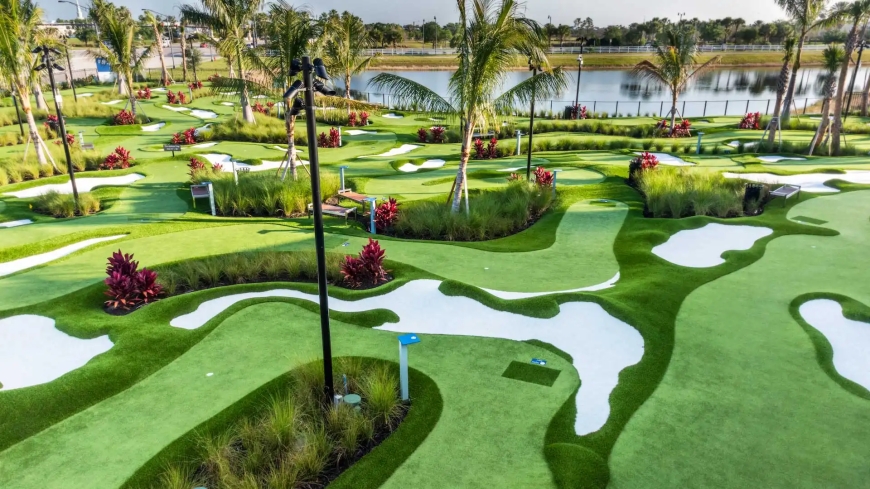
Planning for the Long-Term Value of Artificial Grass
The durability of artificial turf makes it an excellent investment both for pet owners and owners of land alike.Artificial lawns that are of good quality are able to last 10 to 15 years, with little or no degradation.Long-term durability minimizes the requirement for expensive maintenance or repairs.Although the initial cost might be greater than placing sod or reseeding it however, the benefits over time on maintenance, water usage, and landscaping equipment balance out the costs.Additional benefits like improved hygiene, uniform appearance as well as increased safety for pet owners are a further reason to consider the choice.homeowners who wish to improve their home's value, but not sacrifice practicality often feel that artificial grass can provide an ideal amount of balance.
Conclusion
Artificial grass lawn installation is an adaptable and pet-friendly choice for contemporary backyards.Its capacity to provide an attractive, green appearance and require minimal maintenance makes it the ideal choice for homes with pets that are active.Beyond immediate cleanliness and comfort synthetic turf can provide an improved and more secure outside environment for animals.If installed with care and regular maintenance, the lawns will stand up to years of usage and still appear beautiful.Additionally, for homeowners who manage small areas or integrate livestock care in their landscaping the advantages of synthetic lawns are in line with the objectives of efficiency and security.Whether paired with small farm insurance planning or simply improving a pet's daily environment, artificial grass presents a future-forward option for todays conscientious homeowners.



































